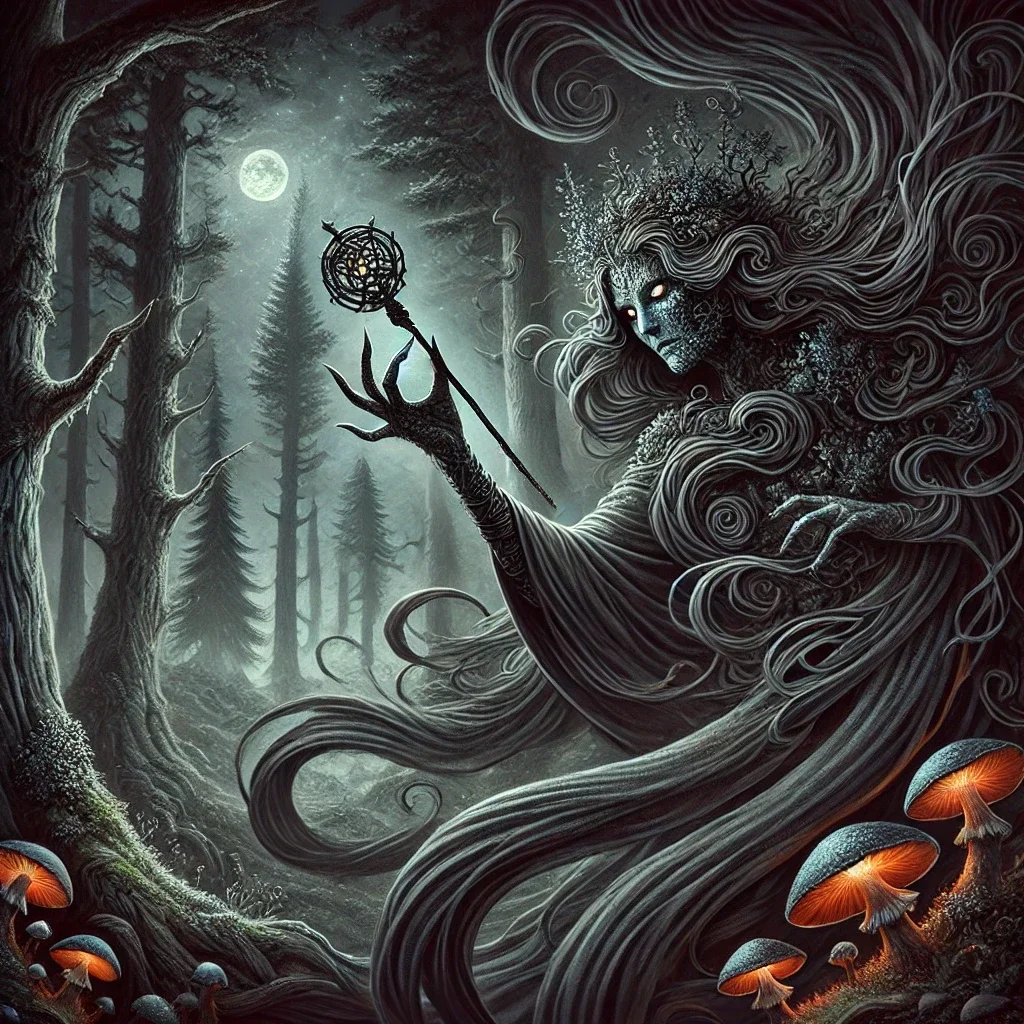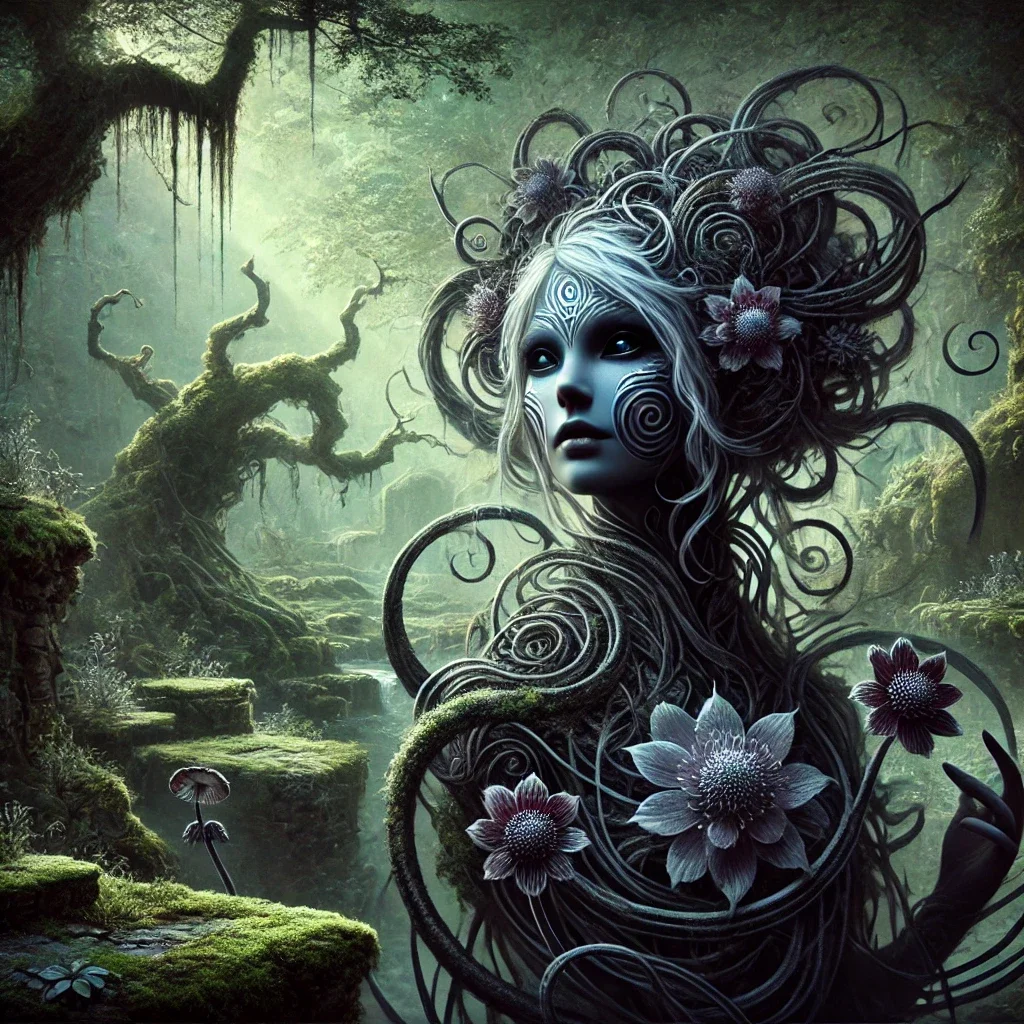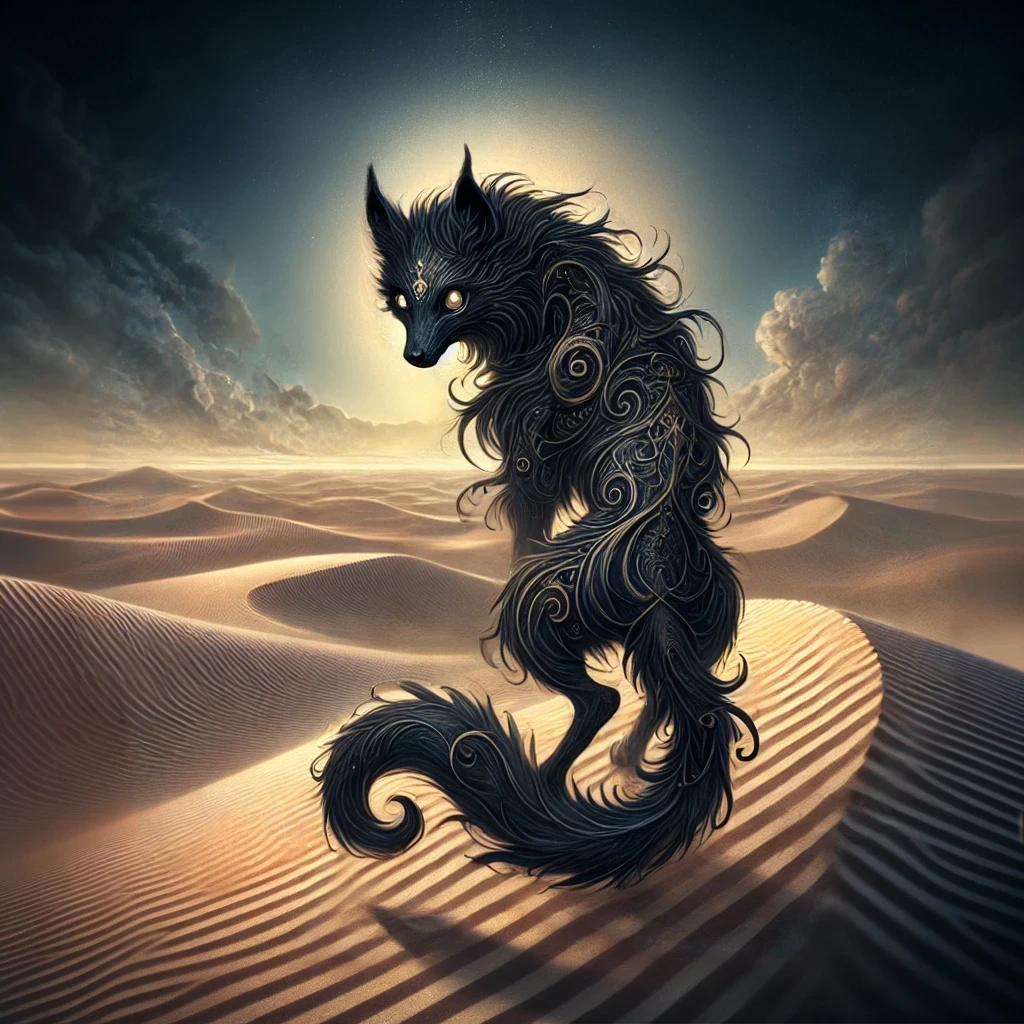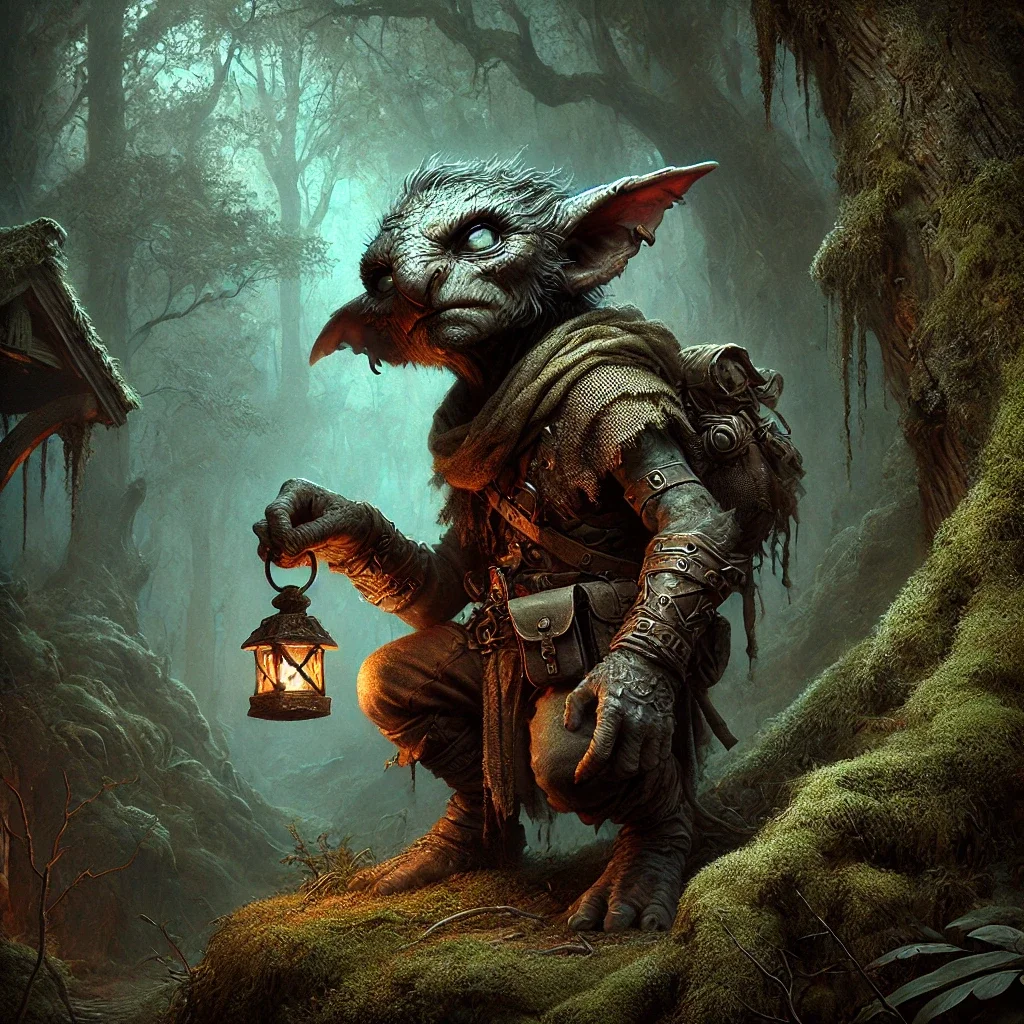The Drude, a fascinating figure from ancient Germanic mythology, occupies a shadowy corner of folklore. Often shrouded in mystery and fear, this supernatural entity is most commonly associated with nightmares and malicious mischief. Rooted in the traditions of Germanic-speaking peoples, the Drude is both feared and revered, symbolizing the darker side of human imagination and spiritual belief.
Historical & Cultural Background
The origins of the Drude date back to early Germanic mythology, where it emerged as a malevolent spirit or witch-like entity. The term “Drude” itself stems from Old High German, where it referred to a type of nocturnal being linked to sleep disturbances. Over time, the Drude became a prevalent figure in folklore across Germany, Austria, and other parts of Central Europe.
Evolving Beliefs
In its earliest iterations, the Drude was seen as an ethereal, shape-shifting being capable of infiltrating homes and haunting dreams. Medieval folklore further expanded on this idea, depicting the Drude as a malevolent force tied to witches or practitioners of dark magic. During the Early Modern period, beliefs about the Drude shifted to align with superstitions surrounding the witch hunts, with accusations of Drude-like behavior sometimes leveled at women accused of witchcraft.
Regional Variations
While the Drude’s core characteristics remained consistent, regional differences added layers to its identity. In Bavaria, the Drude was often linked to nightmares and sleep paralysis, while in Alpine regions, it was considered an omen of misfortune and ill health.
Myths & Legends
The Drude appears in numerous Germanic folktales, often as a villain or antagonist. These stories reflect the societal fears and beliefs of their time, portraying the Drude as a harbinger of suffering and chaos.
The Night Visitor
One of the most enduring tales involves the Drude’s role as a bringer of nightmares. According to legend, the Drude would sit on the chest of a sleeping person, causing a crushing sensation and vivid, terrifying dreams. This phenomenon is now recognized as a cultural explanation for sleep paralysis.
The Witch’s Curse
Another popular legend ties the Drude to witchcraft. In some tales, a Drude is said to be a cursed individual, often a woman who dabbled in forbidden magic. Transforming into a Drude, she would wreak havoc on her community, spreading disease and discord.
Symbolism & Meaning
The Drude’s symbolism is deeply tied to themes of fear, the unknown, and the human subconscious. Across various cultures, it represents the darker side of existence, serving as a reminder of humanity’s vulnerability.
A Symbol of Nightmares
The Drude’s association with nightmares makes it a powerful symbol of psychological torment. In Germanic folklore, the Drude embodied the fears and anxieties that people could not confront in their waking lives.
Duality in Interpretation
Interestingly, the Drude was not always viewed entirely negatively. In some contexts, its actions were seen as warnings or omens, offering a chance to address underlying problems. This duality highlights the complexity of its role in folklore.
Associated Environments or Ecosystems
The Drude is most commonly linked to the domestic sphere, particularly bedrooms and sleeping quarters. However, its influence extends beyond physical spaces.
Haunted Homes
Folklore often depicts the Drude as infiltrating homes under cover of darkness. This connection to intimate spaces underscores its role as a deeply personal and intrusive force.
Forests and Wilderness
In some tales, the Drude is said to dwell in dense forests or remote wilderness areas. These untamed landscapes mirror the creature’s chaotic and unpredictable nature.
Powers & Abilities
The Drude is renowned for its supernatural abilities, which make it a formidable and terrifying entity in mythology.
Shape-Shifting
One of the Drude’s most notable powers is its ability to change form. Legends describe it taking on various guises, from a wisp of smoke to a small animal, allowing it to evade capture.
Dream Manipulation
The Drude’s connection to nightmares is one of its defining traits. It is believed to enter dreams and manipulate them, creating vivid, terrifying scenarios that leave victims shaken and disoriented.
Flight and Invisibility
Some stories attribute the Drude with the ability to fly or become invisible, further emphasizing its elusiveness and supernatural origins.
Interactions with Humans & Cultural Impact
The Drude’s influence on human history and culture is significant, shaping beliefs, practices, and even modern media.
Folktales and Superstitions
In rural communities, tales of the Drude were used to explain phenomena such as sleep paralysis or sudden illness. People would employ protective measures, such as charms or prayers, to ward off its influence.
Rituals and Traditions
In some regions, rituals were performed to banish the Drude. These often involved invoking protective deities or creating barriers, such as salt lines, to prevent its entry.
Modern References
The Drude has found its way into contemporary pop culture, appearing in books, films, and video games. Its haunting presence continues to capture the imagination of modern audiences, blending ancient fears with new narratives.
Connections to Other Creatures
The Drude shares similarities with other mythical beings, both within Germanic folklore and beyond.
Alp
In Germanic mythology, the Alp is a close relative of the Drude. Both are associated with nightmares, but the Alp is often depicted as a male entity, whereas the Drude is typically female.
Mara
In Scandinavian folklore, the Mara shares many traits with the Drude, including its role in causing nightmares. The two entities may have influenced each other through cultural exchange.
Interesting Facts & Curiosities
- The term “Drude” is believed to be the origin of the English word “dread.”
- In some regions, it was thought that wearing a hat to bed could prevent a Drude attack.
- The Drude was often associated with spinning wheels, a symbol of fate and destiny in Germanic culture.
- In medieval times, the Drude was sometimes blamed for unexplained deaths, particularly among infants.
- Some legends claim that a Drude’s true form can be revealed by throwing a handful of grains on the floor, as it is compelled to count them.
- The Drude is occasionally linked to the Wild Hunt, a spectral procession led by mythical figures.
- In modern psychology, the Drude is often cited as an early cultural explanation for sleep paralysis.
- Some traditional protective measures against the Drude include iron nails and blessed crosses.
- The Drude is a popular figure in German folklore-inspired fantasy fiction, often portrayed as a cunning antagonist.



